.jpg)
Without rivaling nature, human beingsâ intelligence, cr...
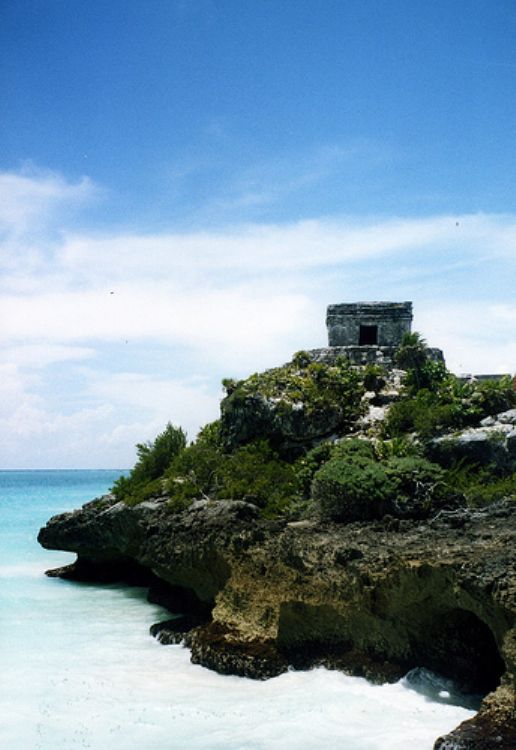
Quintana Roo, together with the Baja California states, represent the youngest entities in the Mexican Republic; however, as it intermittently belonged to the neighboring state of Yucatan, it is listed as the last of the Mexican federations.
As such, in order to get to known the history of this wonderful pre-Spanish and colonial peninsular state, interested parties should look into the state of Yucatan, as both were historically linked and belonged to the same territorial entity. It is as recent as the beginnings of the 20th century that the history of Quintana Roo started to be written, more precisely on November the 24th 1902, when the federal territory was officially created during the presidential mandate of Porfirio Diaz.
During this period of dictatorship known as the Porfiriato, Mexico saw the need to protect its southern border with Belize, which prompted the creation of the new entity, extending throughout 50,000 sq. kilometers and ruled in its first period by general Jose Maria Vega.
Years later, on June 1913, acting president Venustiano Carranza ordered the annexation of the territories of Quintana Roo to the state of Yucatan, only to revoke his decision two years later and giving the state its autonomy once again.
Nevertheless, such a situation was far from over, as the territories are once again rendered dependant in the year 1931, this time to the states of Yucatan and Campeche, arguing the burden it represented for the federal government as it was not yet a self-sufficient state. This period lasted for three years, until the situation is reverted once again by president Lazaro Cardenas.
This political intermittence sadly resulted in serious setbacks in terms of social and economic development for the region, so it was not until the year 1972 that the state could be declared as a "free zone" by president Luis Echeverria Alvarez, a sort of official certification that the state finally earned as it fulfilled certain requirements, such as having a population of more then 80,000 inhabitants and produce enough of an income to pay for its own public administration, among other demands.
By then, the transportation infrastructure needed to propel the state's tourist potential was already on its way, as three roads for crucial trajectories were nearly finished, Chetumal-Escarcega, Felipe Carrillo Puerto-Tulum, and Playa del Carmen-Puerto Juarez.
The 8th of October 1974 is the official date when Quintana Roo, the name of which honors local figure Andres Quintana Roo who contributed greatly to the creation of the entity, was finally and definitively designated as an independent and sovereign state of the Mexican federation.
.jpg)
Without rivaling nature, human beingsâ intelligence, cr...
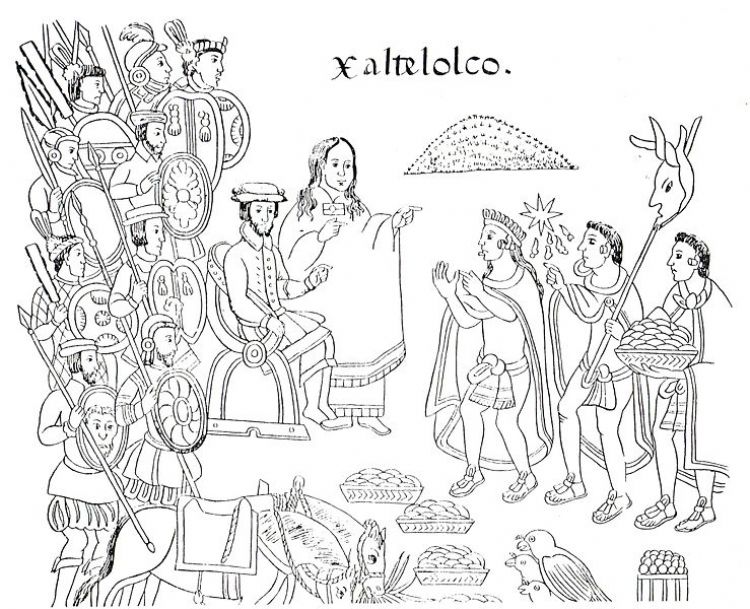
Upon the arrival of the Spaniards, people like the Tlaxca...

Different international organisms have developed instrume...
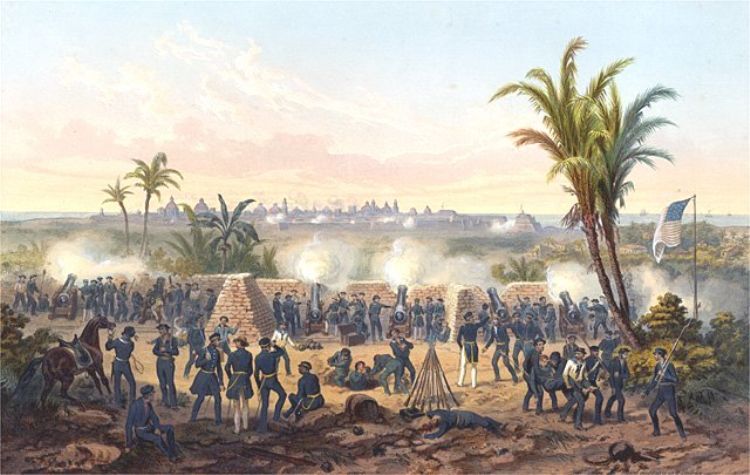
The Mexico â United States war was an armed conflict be...

The best cities to live in Mexico vary according to the p...
.jpg)
Without rivaling nature, human beingsâ intelligence, cr...
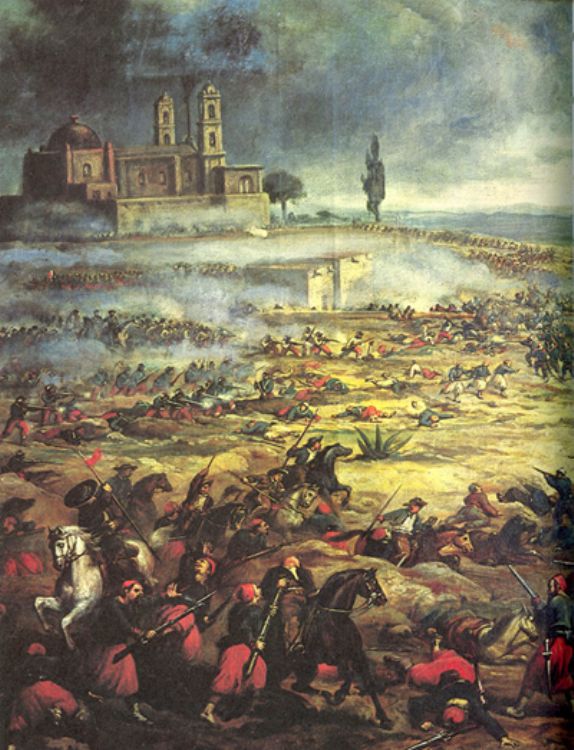
The Battle of Puebla took place on the 5th of May 1862 in...

During 2010 we celebrated in México 200 years of I...
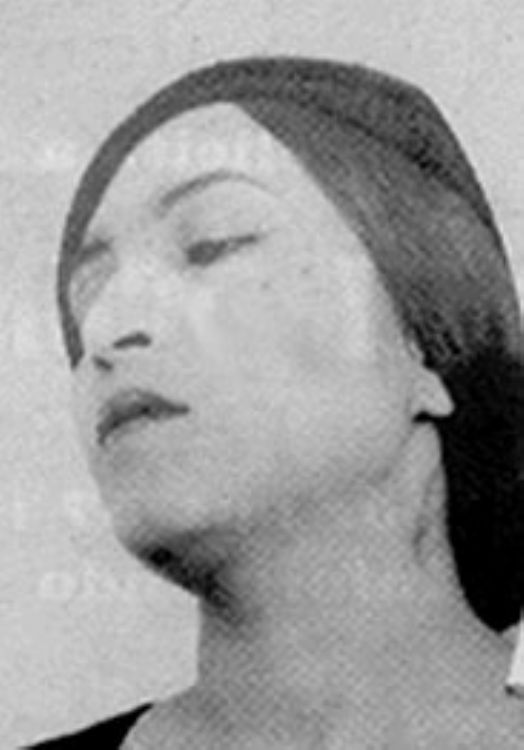
One of the most important painters of Mexican art during ...

The term cenote comes from the Maya word âdzonotâ, me...
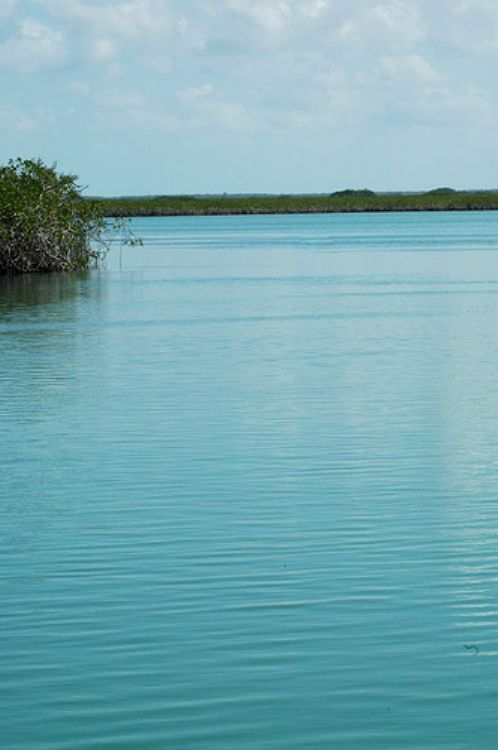
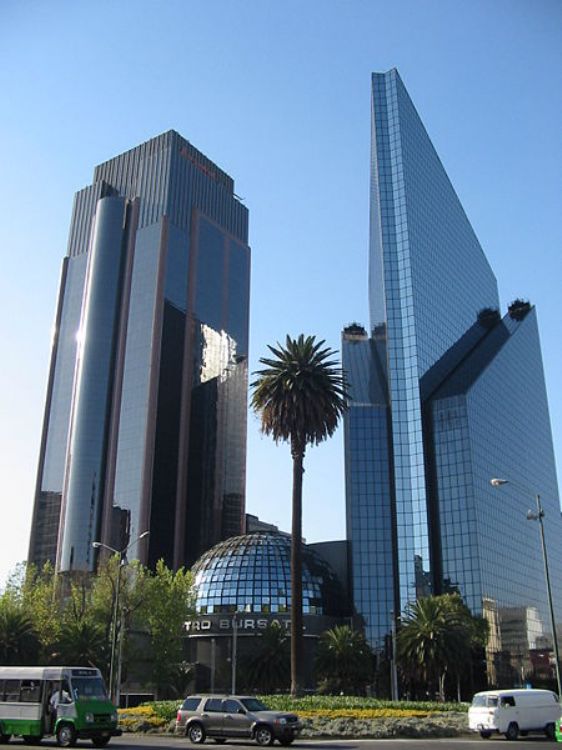
The Stock Exchange of any part of the world responds to t...
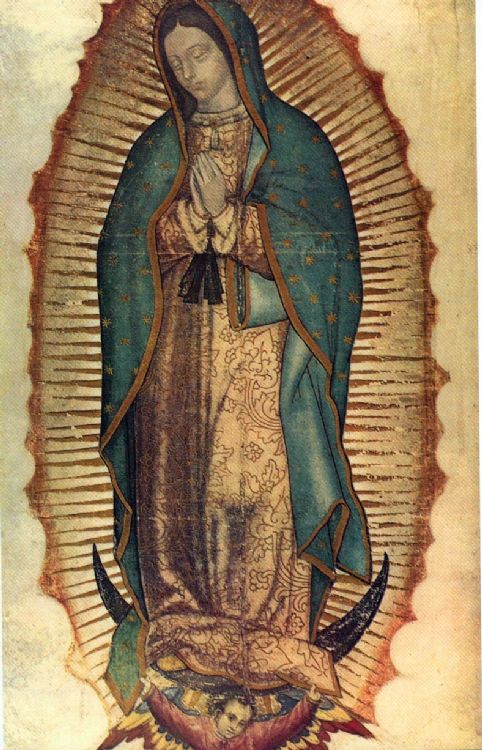
Mexico is an officially secular country where the Church ...
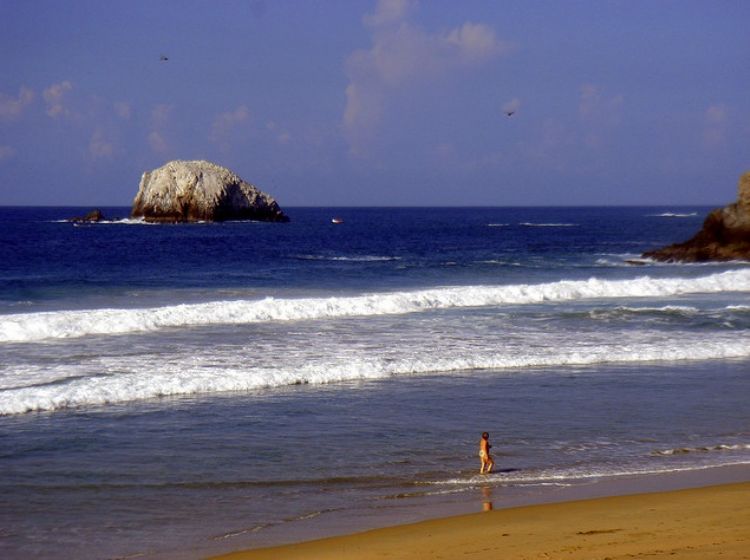
The acceptance of these tourist areas began in the 70'...
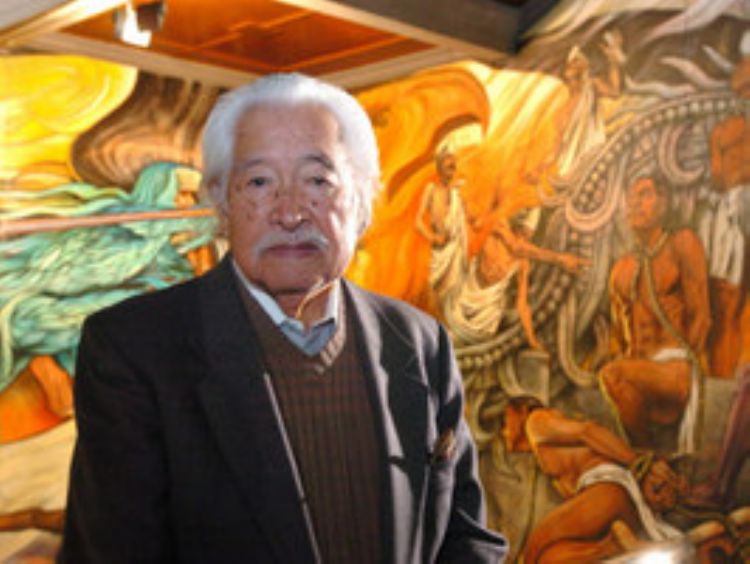
Son of Japanese Kenji Nishizawa and Mexican Maria de Jesu...

The latest additions of UNESCO show a concern for preserv...

This beautiful beach is located on the Pacific Ocean coas...
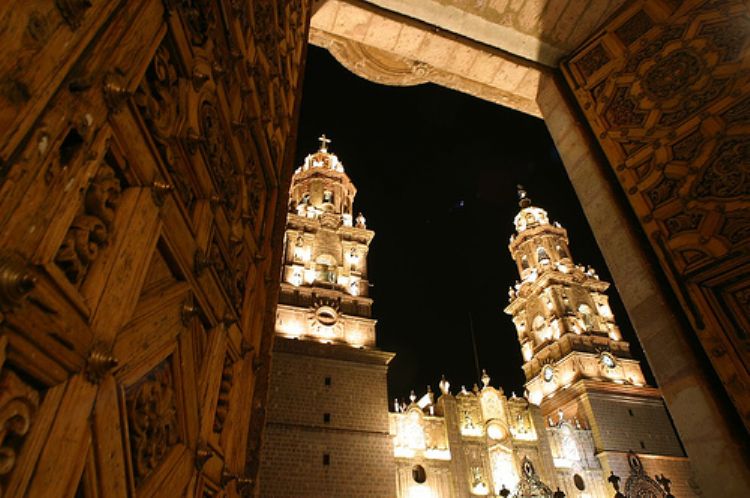
Morelia, capital of the State of Michoacan, is a beautifu...
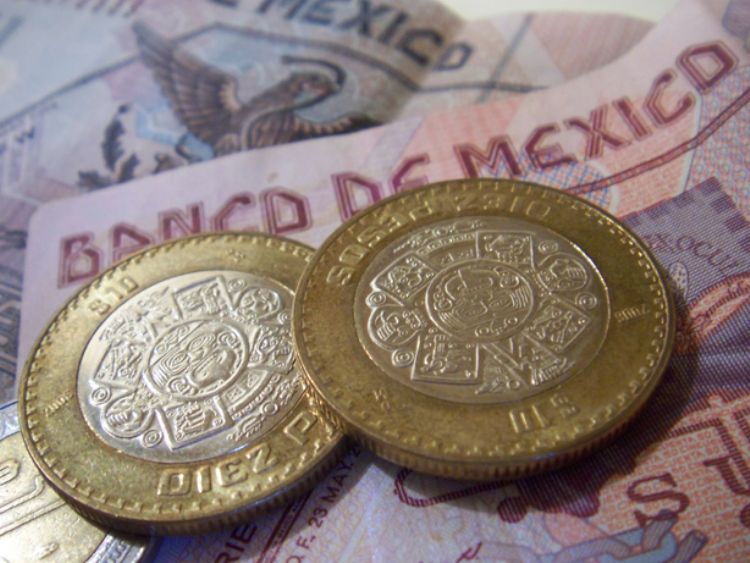
The history of migration of Mexican citizens to the Unite...